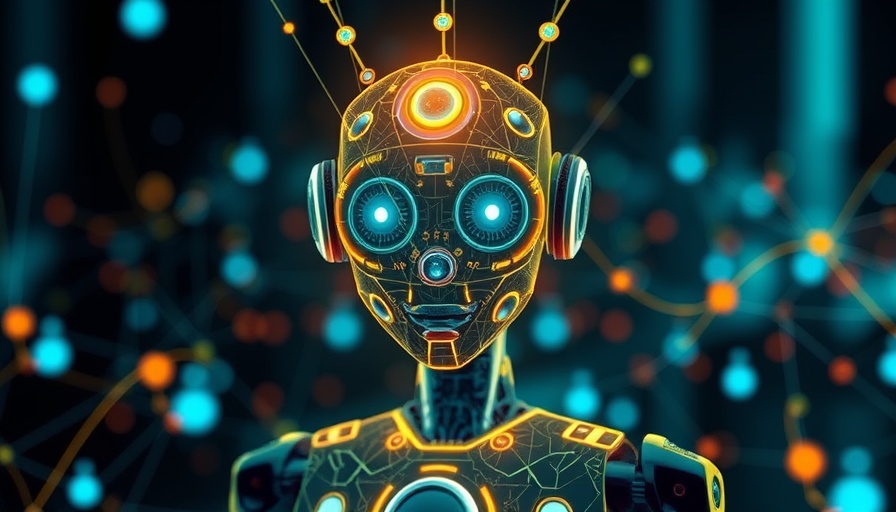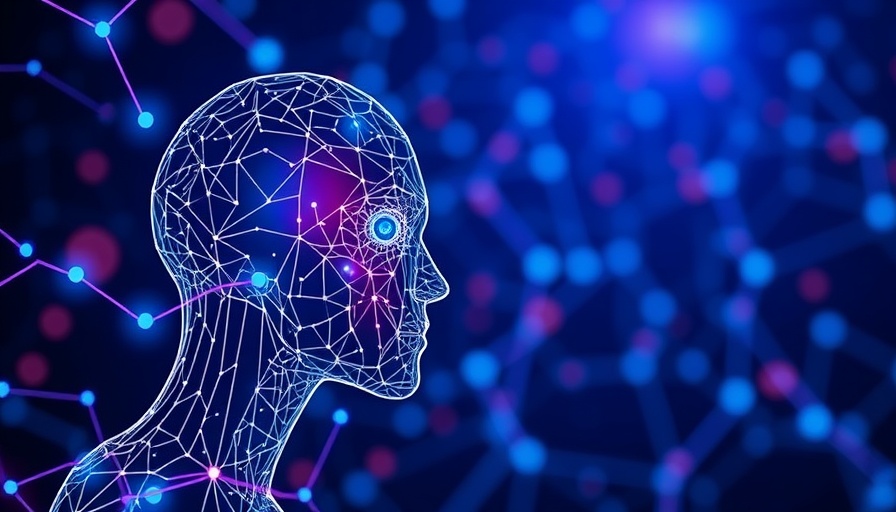
A Deeper Look at AI for Nonprofits
In a rapidly changing world, nonprofits often feel pressure to adopt artificial intelligence (AI) to keep pace with technological advancements. However, understanding what AI truly offers is crucial for organizations aiming to make a genuine impact. Instead of simply following trends, it's essential for nonprofits to focus on real needs and practical applications.
The Core Needs of Nonprofits
Many nonprofits face challenges like data management, donor engagement, and operational efficiency. Integrating AI effectively can streamline these processes, enabling organizations to focus their efforts where they are most needed. Realizing that AI is not a one-size-fits-all solution allows nonprofits to customize tools that align with their unique missions.
Practical Applications of AI
AI can revolutionize how nonprofits handle tasks such as analyzing donor patterns or optimizing resource allocation. For instance, predictive analytics can help organizations anticipate trends in giving, enhancing their fundraising strategies. Moreover, AI-powered communication tools can engage donors in personalized ways, fostering deeper relationships.
Future Insights for Nonprofits
Looking ahead, the potential for AI in the nonprofit sector is vast. However, true success lies in identifying specific use cases that can enhance mission-driven work. Engagement with stakeholders, understanding community needs, and adapting to feedback will be pivotal as organizations navigate their AI journey.
As nonprofits consider these technological enhancements, they must remember to ground their initiatives in their core missions. By focusing on what truly matters, organizations can harness the power of AI to drive meaningful change.
 Add Row
Add Row  Add
Add 



Write A Comment